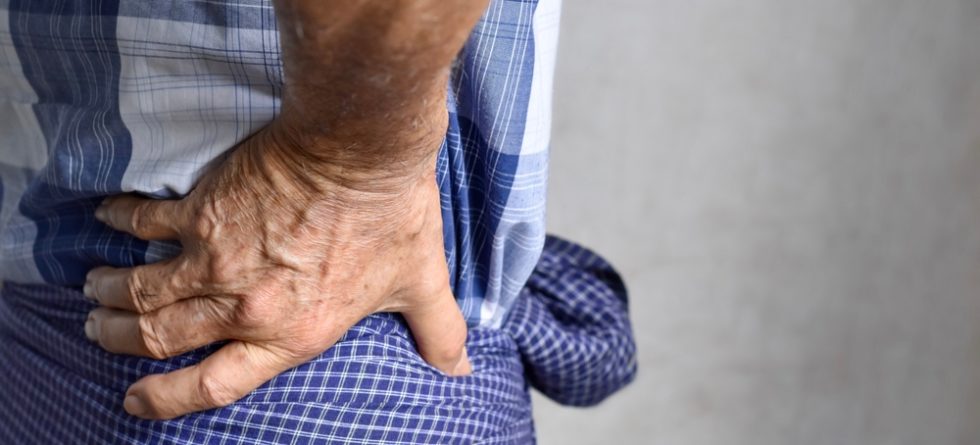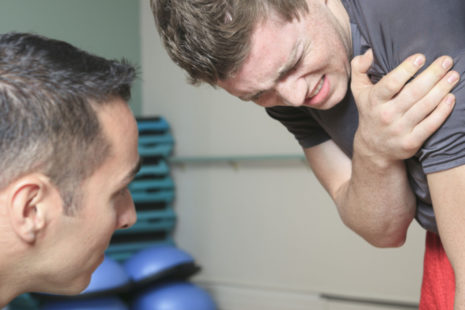Spinal stenosis is a condition characterized by the narrowing of the spinal canal, which can lead to pressure on the spinal cord and nerves. While it’s essential to stay active and maintain a healthy lifestyle, individuals with spinal stenosis should be cautious about certain activities that may exacerbate their symptoms or risk further injury.
Here are some activities to consider avoiding or approaching with caution if you have spinal stenosis…
- Heavy Lifting – Activities that involve heavy lifting or carrying can strain the spine and increase pressure on the affected nerves. If you need to lift something heavy, use proper body mechanics and consider using assistive devices or asking for help.
- High-Impact Activities – High-impact sports and activities that involve a lot of jumping, running, or rapid changes in direction can put additional stress on the spine. This includes sports like basketball and volleyball and activities like running on hard surfaces. Consider lower-impact alternatives or activities that involve fewer jarring movements.
- Prolonged Standing – Prolonged periods of standing or activities that require maintaining the same position for a long time can increase pressure on the spine. Take breaks to sit or walk around to relieve the strain.
- Bending and twisting – Excessive bending and twisting of the spine can worsen symptoms. When bending, do so at the hips and knees rather than at the waist. Use proper body mechanics to protect your spine when lifting or reaching for objects.
- Sedentary Lifestyle – While high-impact activities should be approached with caution, a completely sedentary lifestyle can lead to muscle weakness and stiffness. Engaging in regular low-impact exercises can help maintain flexibility, strength, and overall spine health.
- Poor Posture – Maintaining poor posture can increase stress on the spine. Pay attention to your posture when sitting, standing, or walking. Proper ergonomics when sitting at a desk or using a computer is essential.
- Excessive Forward Bending – Activities that involve excessive forward bending, like touching your toes without proper technique, can increase pressure on the spine. Use gentle stretching and movement exercises to maintain flexibility in the spine.
- Activities That Increase Lumbar Extension – Excessive backward bending of the lower back (lumbar extension) should be approached with caution, as it can exacerbate stenosis. Avoid overextending the lower back in yoga or exercises that involve backbends.
Consult with a healthcare provider or physical therapist who can provide personalized recommendations for managing spinal stenosis based on your specific condition. They can help you develop an exercise program that promotes spine health and reduces the risk of exacerbating your symptoms. They can provide guidance on lifestyle modifications to improve your overall quality of life.




